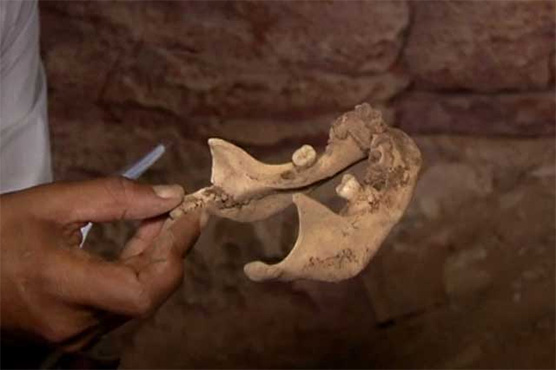Ancient human remains dating 3,000 years discovered in Yemen

The remains are believed to be the first of other potential discoveries in the area.
SANAA (Reuters) - Ancient human remains were found in caves on the outskirts of the Yemeni capital, Sanaa, but the scattered bones which date back more than 3,000 years, are said to have been damaged by looters looking for treasures.
Inside the mountain ranges of Shamlan, archaeologists say that the jaw bones, thigh bones and other remains that were found belong to two bodies that were most likely mummified.
The bones were found in a hole dug in a cave in the mountain range. According to the Houthi-aligned Minister of Culture Abdullah Al Kibsi, the remains belong to settlers who resided in the area at the end of the Stone Age.
The mummies were extracted by looters looking for gold, he added.
The remains are believed to be the first of other potential discoveries in the area.
Sanaa is said to have been founded two and half millennia ago and its old heart once bustled with traders and drew tourists in calmer times.
Sheba and other Yemeni kingdoms once provided the frankincense and myrrh hauled by desert caravans to perfume the temples of the Holy Land and ancient Rome.
Modern combat, however, is disfiguring important cultural treasures. Air strikes have levelled medieval mudbrick towers in Sanaa’s old quarter, a medieval mosque and an Ottoman fort.
Folklore calls Yemen the cradle of the Arabs but its ancient heritage has been threatened by years of war.

